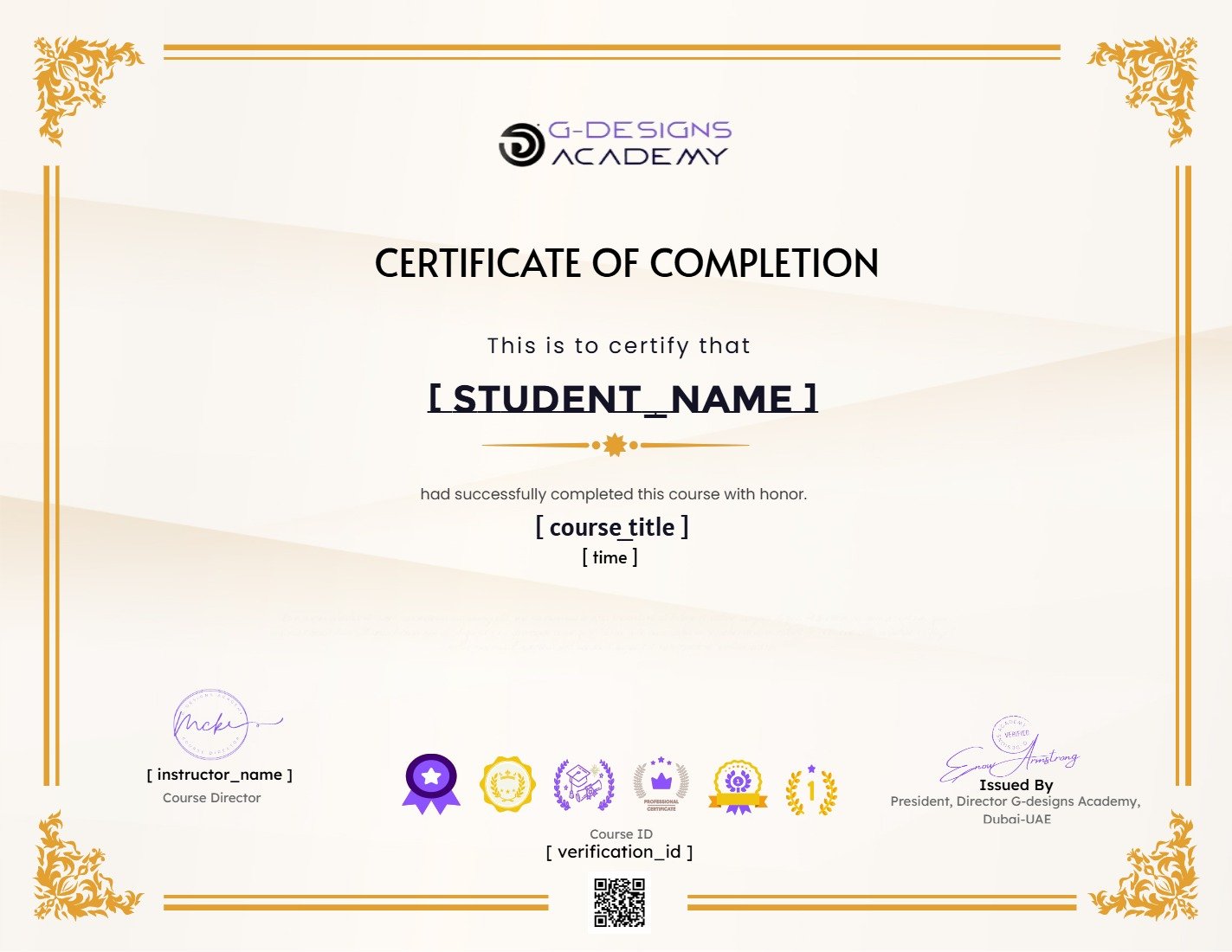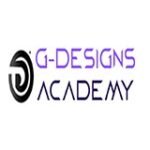Complete Computer Training Course – Master Class
About Course
Complete Computer Training Course – Master Class
Introduction
What is a Computer?
A computer is an electronic device that processes data and performs tasks according to a set of instructions called a program. It can store, retrieve, and process data, making it a versatile tool for various applications.
Key Components of a Computer:
1. Central Processing Unit (CPU): Often referred to as the brain of the computer, the CPU performs calculations and executes instructions.
2. Memory (RAM): Random Access Memory (RAM) is used to temporarily store data that the CPU is actively using or processing.
3. Storage: This is where data is permanently stored. It includes hard drives, solid-state drives, and other storage devices.
4. Motherboard: The main circuit board that connects all the components of the computer, allowing them to communicate.
5. Input Devices: Devices such as keyboards and mice that allow users to input data into the computer.
6. Output Devices: Devices like monitors and printers that display or produce results from the computer’s processing.
7. Software: The programs, applications, and operating systems that provide instructions for the computer to follow.
8. Peripheral Devices: Additional devices connected to the computer, such as printers, scanners, and external storage.
Types of Computers:
1. Personal Computers (PCs): These are computers designed for individual use. Desktops, laptops, and workstations fall into this category.
2. Servers: Powerful computers designed to manage network resources and provide services to other computers (clients) on the network.
3. Mainframes: Large, powerful computers used by organizations for handling extensive data processing tasks.
4. Supercomputers: Extremely powerful computers designed for tasks that require massive amounts of calculations, such as scientific simulations and weather modelling.
Basic Operations:
1. Input: Users provide data to the computer through input devices.
2. Processing: The CPU performs calculations and executes instructions, manipulating the input data.
3. Storage: Data is stored in various types of memory and storage devices.
4. Output: Results are displayed or produced through output devices.
5. Control: The computer follows a set of instructions, or a program, to perform specific tasks.
Evolution of Computers:
Computers have evolved from large mainframes to powerful personal computers and portable devices. Advancements in technology have led to increased processing power, storage capacity, and accessibility.
In summary, computers are integral to modern life, playing a crucial role in various fields such as business, education, science, and entertainment. They come in different forms and sizes, each designed to cater to specific needs and applications.
Course Content
Introduction To Computer
-
02:39
-
Type of Computers
04:22 -
Basic Parts of a Computer
02:42 -
Buttons and Ports on a Computer
02:20 -
Assignments: Answer All questions and submit them on the platform
Computer System
Setting up a Computer
Cleaning and Protecting your Computer
The Internet and The Cloud
The Internet Browser
Understanding Digital Tracking and APP Permissions
Social Media
Creating a Safe Workspace and Zoom Fatigue
How to Print and How to Take Screenshots on Your Computer
Computer Short-Cuts and Typing Skills
Bonus Lessons: Microsoft Office
Final Quiz
Certificate of Completion/Achievement
Add this certificate to your resume to demonstrate your skills & increase your chances of getting noticed.

Student Ratings & Reviews


